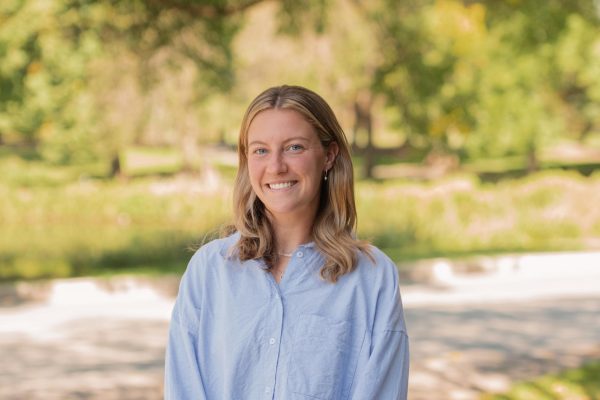Deborah Jack Gives Art History Lecture for Caribbean Week Celebration
The Picker Art Gallery collaborated with the Africana and Latin American Studies (ALST) Program to hold a Caribbean Art History lecture in recognition of Caribbean Week on Wednesday, March 22 at Colgate University. The guest speaker was Deborah Jack, Professor of Art at New Jersey City University. Jack’s works have been displayed in respected museums and galleries, such as the Brooklyn Museum and the Museum of Latin American Art. She originally hails from Saint Martin, a Caribbean island colonized by both the French and the Dutch.
In her talk, Jack discussed at length her personal experience living in Saint Martin, describing, in particular, the geographical impact that natural disasters have had on the island. She linked these devastating landscape changes to the destructive nature of colonization and explained how she demonstrates such a connection in her art.
“Processing residual traces of traumatic historical events and the ecological haunting that rides the waves of climate change happens in the cuts and edits in my creative work,” Jack said.
Jack’s recent work seeks to examine the consequences of humankind’s actions with respect to nature and, in turn, nature’s impact on man-made structures and society. In establishing this intersectional identity, she focuses on the interaction between nature and man, including the way that certain aspects of nature can serve as metaphors for human actions.
Some of Jack’s art, for example, displayed the tides of the ocean moving inland and receding while opaquely colored squares and rectangles would cut into the frame. Furthermore, a droning oscillating sound, known as the Rossby Whistle, would play ceaselessly in the background. Jack clarified that the geometrical shapes represent the artificial deviance of colonization, while the Rossby Whistle plays to elicit a feeling of discomfort from the viewer.
Sophomore Sarafina Lewis found that the art was quite successful in conveying its overarching intent.
“I think the most interesting thing about the talk was the meaning behind the videos. The sound is very high pitch. It makes you feel uncomfortable, just like the colonization of the Caribbean,” Lewis said.
First-year Jack Zizza appreciated what the talk and exhibit offer to students with any interest in visual art.
“I think that the talk allowed students to gain insight into the creative process and understand the work from the mind of the creator. I feel like the installation is a great way to learn about other cultures and the different themes of environmentalism.”

Mary Grygier is a senior from Ridgewood, NJ concentrating in psychology and film & media studies. She has previously served as a contributing photographer....






